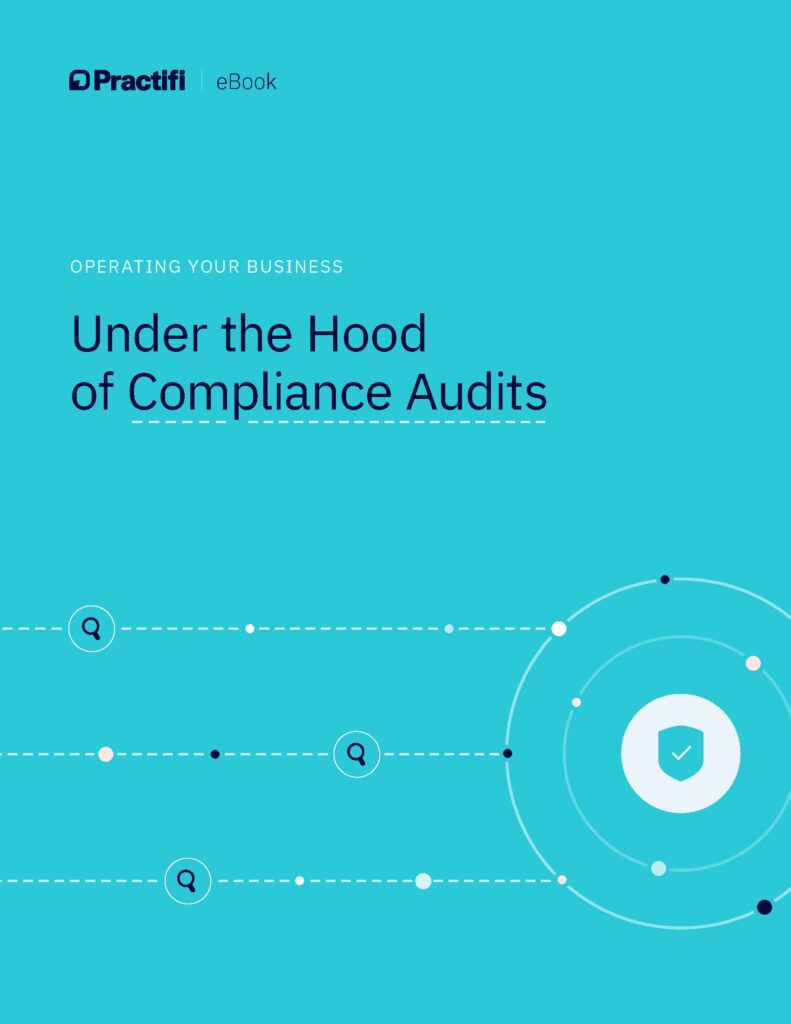
Beyond Assessment: Selecting Your Financial Planning CRM with Confidence

By Rosa Atkinson
Choosing the right financial planning CRM is a crucial step for any firm looking to enhance client relationships, streamline operations and drive growth. It starts with a thorough internal needs assessment, but that’s just the beginning. Navigating the wide range of financial planning CRM options available requires a clear understanding of your firm’s requirements and objectives.
This guide will help you translate your assessment insights into actionable criteria, enabling you to confidently select and implement a financial planning CRM. We’ll explore key considerations such as integration capabilities, scalability and user adoption, ensuring you find a solution that delivers lasting value for your firm.
Defining Your CRM Blueprint: Translating Insights into Requirements
After completing your needs assessment, the next step is to translate the insights gained into actionable criteria for choosing the right financial planning CRM solution. Delve into the findings of your assessment, identifying key pain points, challenges, and opportunities specific to your firm. From there, distill these insights into the criteria and functionalities your CRM solution must address to meet your firm’s unique needs and objectives.
Prioritization is key when defining your CRM blueprint. Not all features are equally important, so it’s crucial to prioritize the must-have functionalities based on their significance to your business goals. Take into account factors such as user adoption, integration capabilities, scalability, and cost-effectiveness when determining priorities. While it’s tempting to have a wishlist of nice-to-have features, firms should focus on the essentials that will drive value for your firm.
To illustrate these concepts, let’s consider a hypothetical scenario. Imagine a firm that has identified client communication, data management, and workflow automation as its top priorities. By focusing on these key areas, the firm can narrow down its requirements and focus on solutions that specifically address these critical needs.
Exploring the Landscape: Researching and Evaluating CRM Options
Now that you have your blueprint, it’s time to navigate the expansive landscape of CRM solutions. Start by researching what’s out there. Evaluate and explore various options available, gathering insights from industry reports, reviews, and recommendations. Then identify the platforms that meet your defined criteria. Here are some key steps to guide you through this process:
- Vendor Evaluation: Request demos, attend webinars, and engage in consultations to assess factors like ease of use, customization options, scalability, customer support, and pricing transparency.
- User Feedback: Leverage user reviews and feedback to gain insights into real-world experiences and satisfaction levels.
- Integration Capabilities: Consider compatibility with your existing tech stack (or your ideal one!) and look for platforms that offer seamless integration with essential tools and applications.
By considering these elements, you can confidently go through the process of choosing a CRM solution that aligns with your firm’s needs and future goals.
Harmonizing Your Tech Ecosystem: Ensuring Seamless Integration
Once you’ve identified the ideal CRM, the next crucial step is ensuring it integrates seamlessly with your existing tech stack for smooth data flow and operational efficiency. Here’s how to achieve that:
1. Assess Compatibility:
- Evaluate how well your CRM works with other tools and applications used in your firm.
- Identify opportunities to integrate with essential systems such as portfolio management platforms, accounting software, and email marketing tools.
2. Collaborate for Effective Implementation:
- Work closely with your CRM provider and IT team.
- Ensure smooth data flow between systems and that customizations within your CRM do not hinder integration capabilities.
3. Plan for Scalability:
- Consider future growth and evolving needs.
- Adopt flexible integration solutions that can adapt to new tools or modified integrations without significant disruption.
4. Ongoing Maintenance:
- Regularly monitor and update your integrations to address any issues or discrepancies.
- Stay updated with enhancements from your CRM provider and other software vendors.
- Proactively address any compatibility issues to maintain an efficient tech stack.
By prioritizing seamless integration between your CRM and other systems, you can create a cohesive technology ecosystem that supports your firm’s growth and success. This comprehensive approach maximizes the value of your CRM investment and optimizes your business operations by streamlining data flow and facilitating collaboration across your organization.
Future-Proofing Your CRM Investment
As your firm progresses, ensuring your financial planning CRM solution evolves with your business is crucial. A structured approach to selecting and implementing a CRM ensures you find the right fit that supports your firm’s needs both today and in the future. By setting clear criteria, conducting thorough research, and assessing the broader tech stack ecosystem, you can make a decision that enhances operational efficiency and client engagement.
Focusing on continuous improvement, innovation, and strategic alignment ensures your CRM remains a valuable asset for years to come. This proactive approach maximizes the return on your investment, enhances client satisfaction, and drives sustainable growth.
Here at Practifi, we strive to support RIAs at every stage of their CRM journey. Together, we can help you build a future-ready solution that grows with your firm. Talk to us today.









